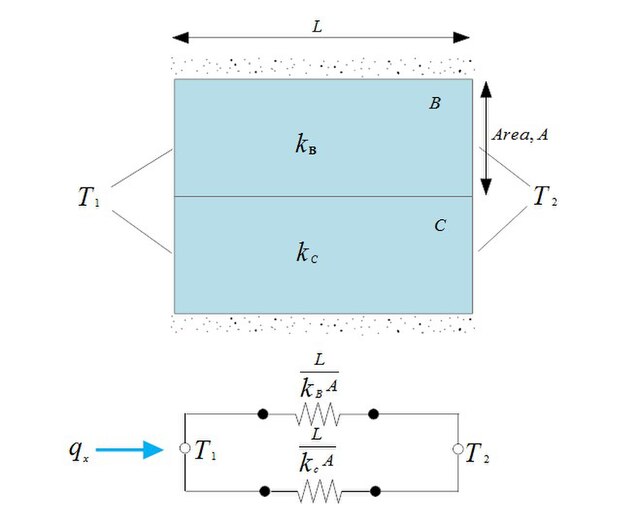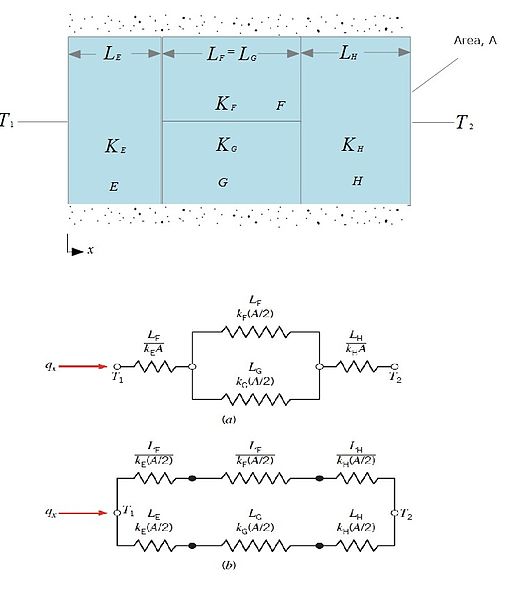In the context of construction, the R-value is a measure of how well a two-dimensional barrier, such as a layer of insulation, a window or a complete wall or ceiling, resists the conductive flow of heat. R-value is the temperature difference per unit of heat flux needed to sustain one unit of heat flux between the warmer surface and colder surface of a barrier under steady-state conditions. The measure is therefore equally relevant for lowering energy bills for heating in the winter, for cooling in the summer, and for general comfort.
Installed faced fiberglass batt insulation with its R-value visible (R-21)
Heat flux measurement set-up
Heat flux measurement results
Aerogel is an extremely good thermal insulator, which at a pressure of one-tenth of an atmosphere has an R-value of R-40/m, compared to R-3.5/m for a fiberglass blanket.
Thermal conductance and resistance
In heat transfer, thermal engineering, and thermodynamics, thermal conductance and thermal resistance are fundamental concepts that describe the ability of materials or systems to conduct heat and the opposition they offer to the heat current. The ability to manipulate these properties allows engineers to control temperature gradient, prevent thermal shock, and maximize the efficiency of thermal systems. Furthermore, these principles find applications in a multitude of fields, including materials science, mechanical engineering, electronics, and energy management. Knowledge of these principles is crucial in various scientific, engineering, and everyday applications, from designing efficient temperature control, thermal insulation, and thermal management in industrial processes to optimizing the performance of electronic devices.
Parallel thermal resistance in composite walls
Equivalent thermal circuits for series-parallel composite wall
Hollow cylinder with convective surface conditions in thermal conduction







